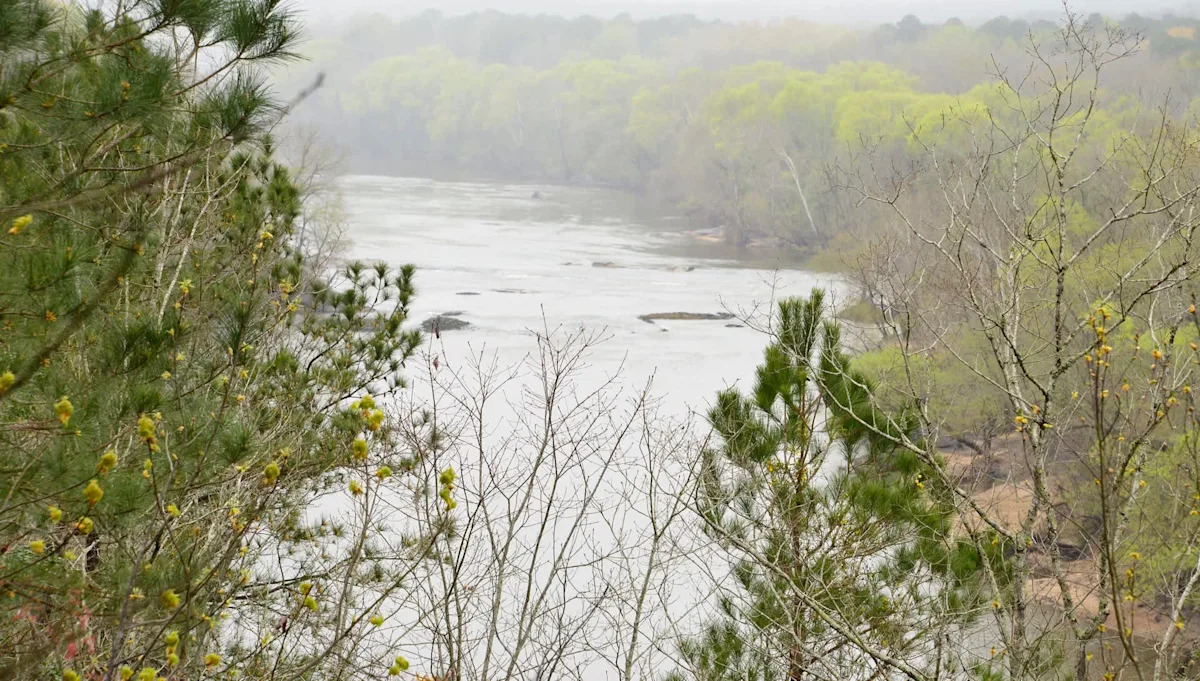Home / Environment / Dredging Drives Rapid Transformation of North Carolina's Coastal Forests
Dredging Drives Rapid Transformation of North Carolina's Coastal Forests
10 Nov
Summary
- Dredging activities since 1800s cause saltwater intrusion, killing bald cypress trees
- Researchers study tree rings and sediment to track shift from freshwater to saline environment
- Loss of bald cypress threatens wetland's ability to control floods and filter water

In 2025, researchers in North Carolina have uncovered a surprising cause behind the formation of "ghost forests" in the state's coastal regions. While climate change and sea-level rise are often blamed for the eerie phenomenon, a team from the University of North Carolina Wilmington has found that dredging activities dating back to the late 1800s are a major culprit.
The researchers studied the forested freshwater wetlands along the Cape Fear River, which are primarily composed of bald cypress trees adapted to low salinity levels. However, many ghost forests have formed around Smith Creek, a tributary that has seen extensive dredging over the decades. The dredging has caused saltwater intrusion, stressing and killing countless bald cypress trees.
By analyzing tree rings and sediment samples, the researchers found that the environment shifted from freshwater to saline around the time of major dredging projects. Trees in higher-salinity areas showed suppressed growth, especially after these dredging events. The loss of bald cypress trees can hinder the wetland's ability to control floods and filter water, potentially impacting surrounding communities and economies that rely on these crucial ecosystems.
Advertisement
As the decline of bald cypress continues, the formation of ghost forests serves as a dramatic "canary in the coal mine" for the impacts of human activities on coastal environments. Addressing this issue will require a multi-faceted approach to mitigate the effects of both climate change and unsustainable development practices.



